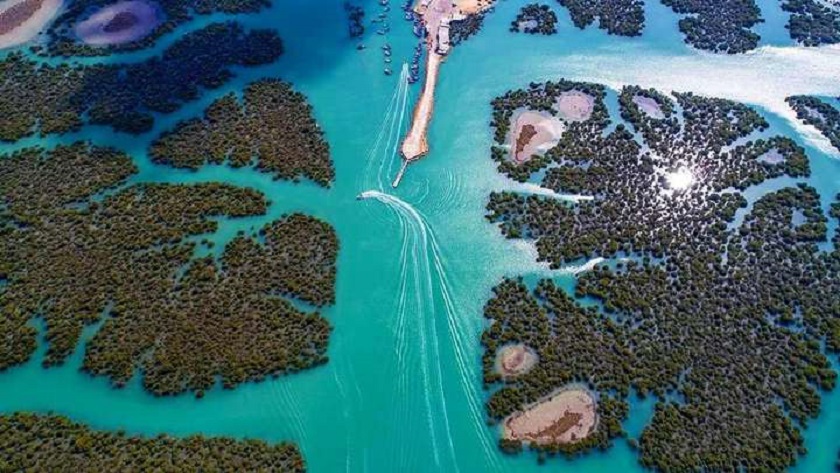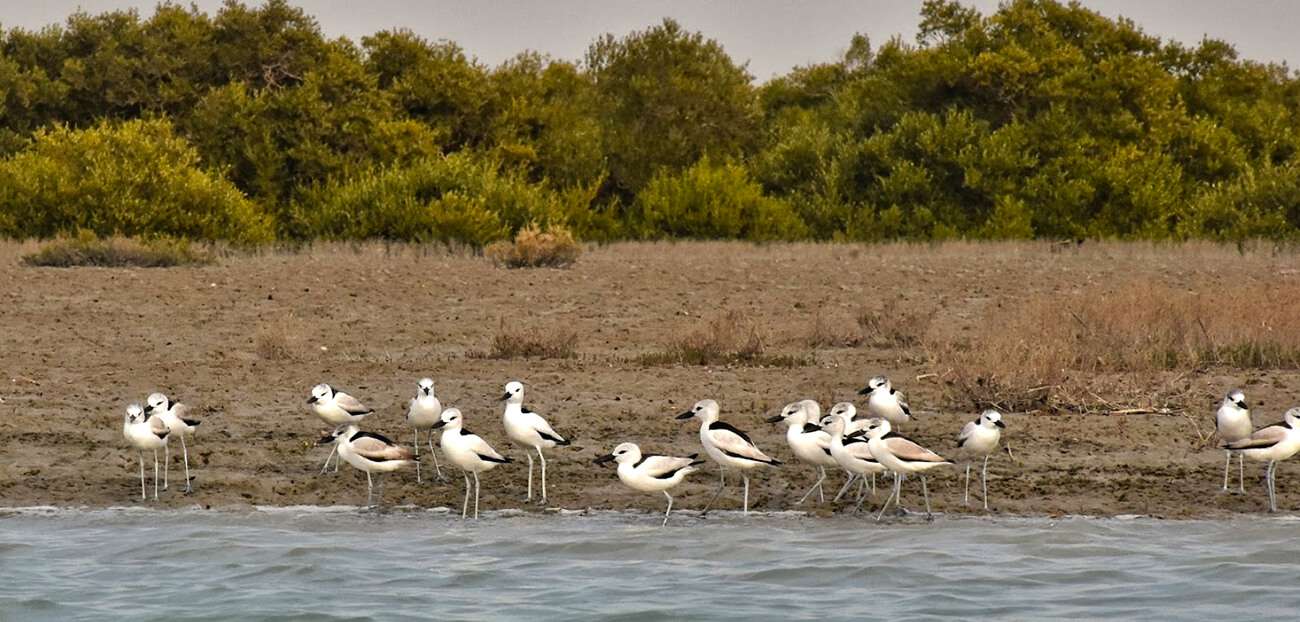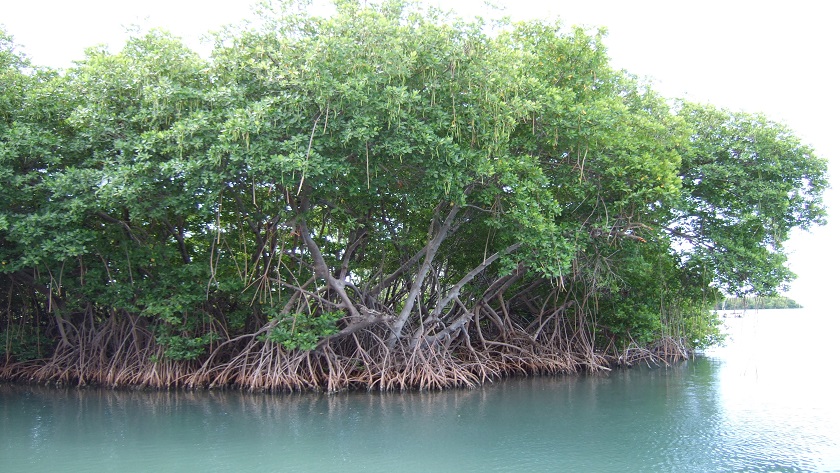Iran Press/ Iran news: The core area of the reserve is a marine zone. The major topographic features of the region include a wetland with a series of small islands (mud hills), mangrove forests, tidal marshes, and shallow coves.
Hara or mangrove forests are among the unique natural attractions on the southern coast of Iran. The floating forests spread over an area of 7,500 hectares, a green strip on the northwestern coasts of Qeshm.
 Hara or mangrove forests are in southern Iran
Hara or mangrove forests are in southern Iran
Geographical location
The mangrove forests of Qeshm or Hara forests are among the wonders of Qeshm Island, located in the Strait of Khavaran, between Qeshm Island and Hormuzgan Province, in the south of Iran. These forests are not specific to Qeshm Island, as they also extend to the Port of Pohl, Hormuz Island, and Khamir Port. Covering an area of about 2,400 hectares, the Hara Forest of Qeshm is the largest forest among Iran's 8 Hara forests. The Hara forests constitute a national protected area and an international lagoon, registered as UNESCO biosphere reserves.
 Wildlife of Hara forests
Wildlife of Hara forests
Mangrove forests are unique wetland ecosystems that are established directly in the intertidal zone. Mangrove forests of southern Iran mainly consist of Avicennia marina, a species that was named after the great Iranian scientist, Avicennia (or Abu-Ali Sina).
The Hara tree, Avicenna marina, grows to heights of three to eight meters and has bright green leaves and twigs. The tree is a salt-water plant that is often submerged at high tide. It usually blossoms and bears fruit from mid-July to August, with yellow flowers and sweet almond-like fruit. The seeds fall into the water, where wave action takes them to more stationary parts of the sea. The Hara seeds become fixed in the soil layers of the sea and grow.
 Hara forests are of great value to indigenous ecosystem
Hara forests are of great value to indigenous ecosystem
The Harra forest is a mangrove forest that is only found in coastal areas in tropical regions. At high tide, the tree coverage may only be seen above the water level (salt water), while the rest of the tree parts are underneath the water. undefined Only at low tide, one can see the trunk and aerial roots of mangroves.
 Hara forests make stunning scenery
Hara forests make stunning scenery
Mangrove forests can easily grow in salt water. Mangroves may have been flowering plants that were pushed to their limits due to a lack of capacity in competing with other terrestrial plants. undefined They have then adapted to the difficult conditions of the intertidal zone, which has formed this unique ecosystem.
Related article:
Hyrcanian forests; What Iran is known for
Hara Forests' wildlife
Sea snakes take advantage of Hara aqueous habitats for feeding, breeding, and subsistence. A species of Xerophilous snake (Echiscarinatu) in the region is found on the northern coast of the region, and the critically endangered Hawksbill sea turtle (Eretmochelys imbricata) is found in the coastal waters of the reserve.
 Hara offers a great biosphere for various wildlife
Hara offers a great biosphere for various wildlife
Studies show that nearly 20 percent of bird species in Iran live on Qeshm Island in different seasons of the year. 19 indigenous species and 76 migrant species, as well as three species of slender-billed curlew, sociable lapwing, and Dalmatian pelican which have been registered in the IUCN Red List, live permanently or in specific seasons on the island.
 Hara forests are protected by environmental conventions
Hara forests are protected by environmental conventions
Hara Forest, also known as Qeshm's Green Gold, is the habitat of trees that are rooted in water. Hara forests with 22,000 km of vastness are located on the shores of the Persian Gulf and the Gulf of Oman. This forest is one of the rare natural phenomena in the world. The trees of this forest are green throughout the year and reach 3 to 6 meters in length.

The lifespan of the Mangrove forest is 30 to 40 million years. For many years, the trees have been submerged in the sea, and they emerge from the water after the onset of the tide. This is the secret of the charm of this forest. These trees survive easily in brackish water because they do not absorb salt from the water and use freshwater; in other words, they act like desalination plants. Mangroves are always green.
Read More:
Lake Urmia; What Iran is known for
Qeshm Island; What Iran is known for
Ashkan Salehian

